Four cities have been awarded significant funds to promote green vehicle technology after successfully bidding for a share of a £40m scheme created to support the take-up of plug-in electric cars across the UK.
Transport secretary Patrick McLoughlin announced the winners of the Go Ultra Low City Scheme, after the successful cities proposed a number of initiatives to support greener vehicles as part of a government competition.
The winning cities will deliver a roll-out of technology, such as rapid-charging hubs and street lighting that double as charge points, along with a range of proposals that will give plug-in car owners extra privileges such as access to bus lanes in city centres. Around 25,000 parking spaces will also be opened up for plug-in car owners.
Transport Secretary Patrick McLoughlin said: “These Go Ultra Low Cities have proposed exciting, innovative ideas that will encourage drivers to choose an electric car. I want to see thousands more greener vehicles on our roads and I am proud to back this ambition with £40m to help the UK become international pioneers of emission cutting technology.
“The UK is a world leader in the uptake of low emission vehicles and our long-term economic plan is investing £600m by 2020 to improve air quality, create jobs and achieve our goal of every new car and van in the UK being ultra-low emission by 2040.”
As part of the Go Ultra Low Cities announcement:
• London is awarded £13m to create ‘Neighbourhoods of the future’ prioritising ultra-low emission vehicles (ULEVs) in several boroughs across the capital. Proposals include over a dozen streets in Hackney going electric with charging infrastructure such as car-charging street lighting, while Harrow will develop a low emission zone offering parking and traffic priority to owners of plug-in vehicles. Westminster Council already provides free parking for ULEVs and London’s proposal aims to deliver 70,000 ULEVs sold by 2020 and almost quarter of a million by 2025
• Milton Keynes will receive £9m to open a city centre Electric Vehicle Experience Centre - a ‘one stop shop’ providing consumer advice and short-term vehicles loans. The city also proposes to open up all 20,000 parking bays for free to EVs and co-brand bus lanes as low emission lanes giving plug-in vehicles the same priority at traffic lights as local buses.
• Bristol gets £7m to offer residents free residential parking for ULEVs, access to three carpool lanes in the city, over 80 rapid and fast chargers across the city and a scheme encouraging people to lease a plug-in car for up to four weeks to help them better understand the range of benefits that electric vehicles bring.
• Nottinghamshire and Derby will use £6m to install 230 chargepoints and offer ULEV owners discount parking and access to over 13 miles of bus lanes along key routes across the city. The investment will also pay for a new business support programme letting local companies ‘try before they buy’.
The scheme is also providing £5m of development funding for specific initiatives in Dundee, Oxford, York and north east. New commuter charging hubs in Dundee will open up links across the region for plug-in vehicle owners, while solar-canopied park and ride hubs in York will help reduce air pollution in and around the city.
Poppy Welch, Head of Go Ultra Low said: “We’re excited to see the innovative ideas put forward by each of the winning Go Ultra Low Cities become reality over the coming months. The £40m investment by government, combined with funds from each winning area, will transform the roads for residents in and around the 4 Go Ultra Low Cities.
“With thousands more plug-in cars set to be sold, cutting running costs for motorists and helping the environment, this investment will help to put the UK at the forefront of the global ultra-low emissions race. Initiatives such as customer experience centres, free parking, permission to drive in bus lanes and hundreds of new, convenient public charging locations are sure to appeal to drivers and inspire other cities and local authorities to invest in the electric revolution.”





















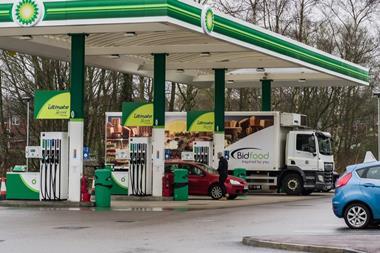
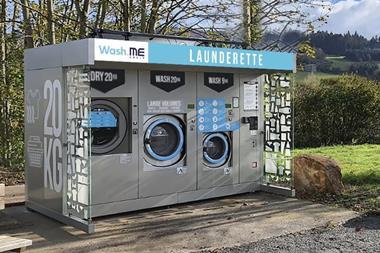
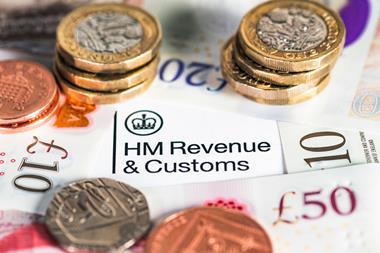
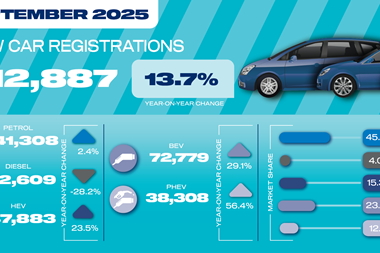

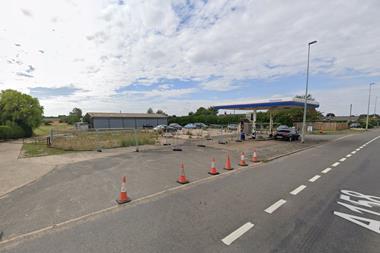
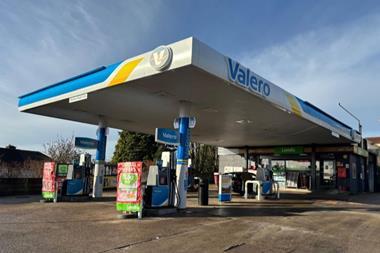
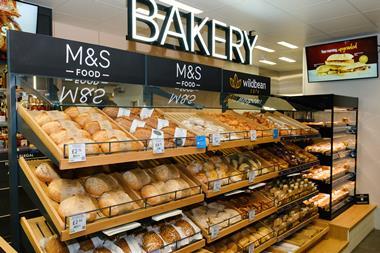


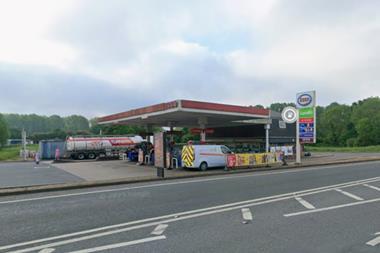

No comments yet